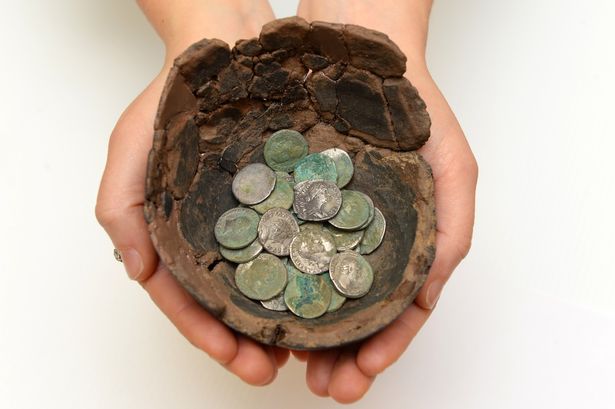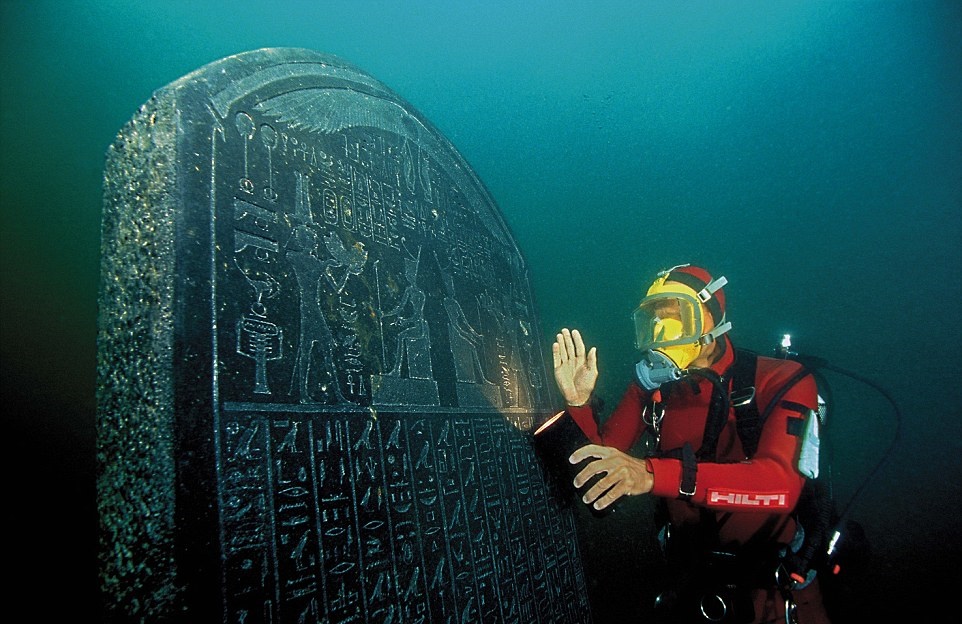The Great London:
history
Fossils: Mammal diversity exploded immediately after dinosaur extinction

UK: 'Unique' Roman tombstone found in Cirencester

UK: New light for old master paintings

UK: 76 skeletons discovered at Saxon Woolwich

UK: 500-year-old English Bible reveals Reformation secrets

UK: Roman coins issued by Mark Antony found in Welsh field

UK: 1,967 bodies exhumed at Georgian-era cemetery in UK

UK: Tudor church graffiti records names of plague victims

Fossils: Oldest pine fossils reveal fiery past

UK: British Museum to launch first major exhibition of underwater archaeology in May 2016

United Kingdom: Britain urged to begin talks on Parthenon marbles

UK: Tiny Tudor treasure hoard found in Thames mud

UK: Roman gold ring depicting Cupid found in UK

UK: Archaeologists search for Roman remains in Gloucester

Natural Heritage: Scientists call for new conservation strategies

France: 6,000-yr-old skeletons in French pit were victims of violence

Oceans: Chemicals threaten Europe's killer whales with extinction

Breaking News: Neanderthals killed off by diseases from modern humans, claims study

UK: The culinary habits of the Stonehenge builders

Forensics: Five things you can learn from a Roman skeleton
